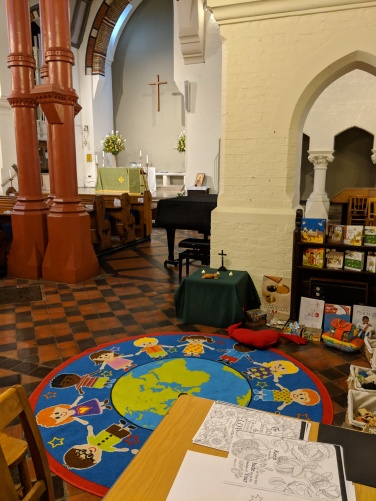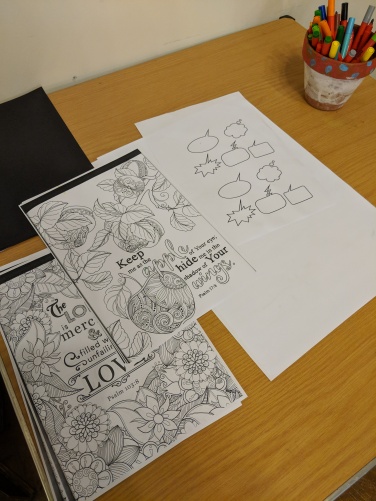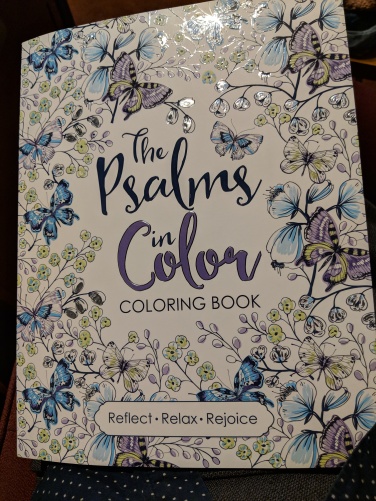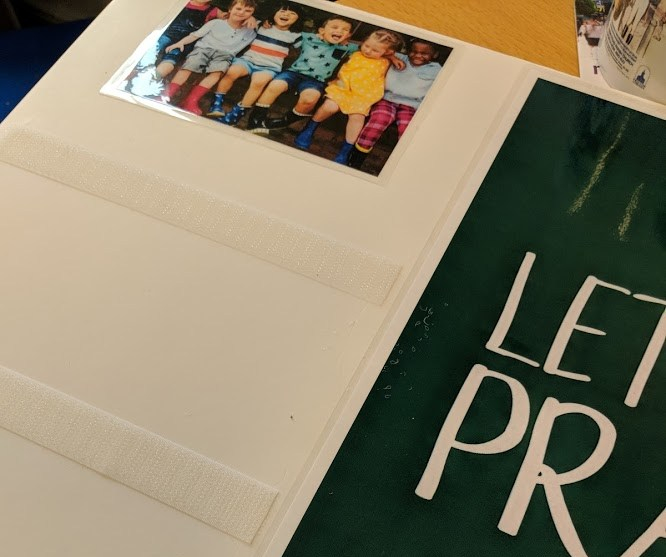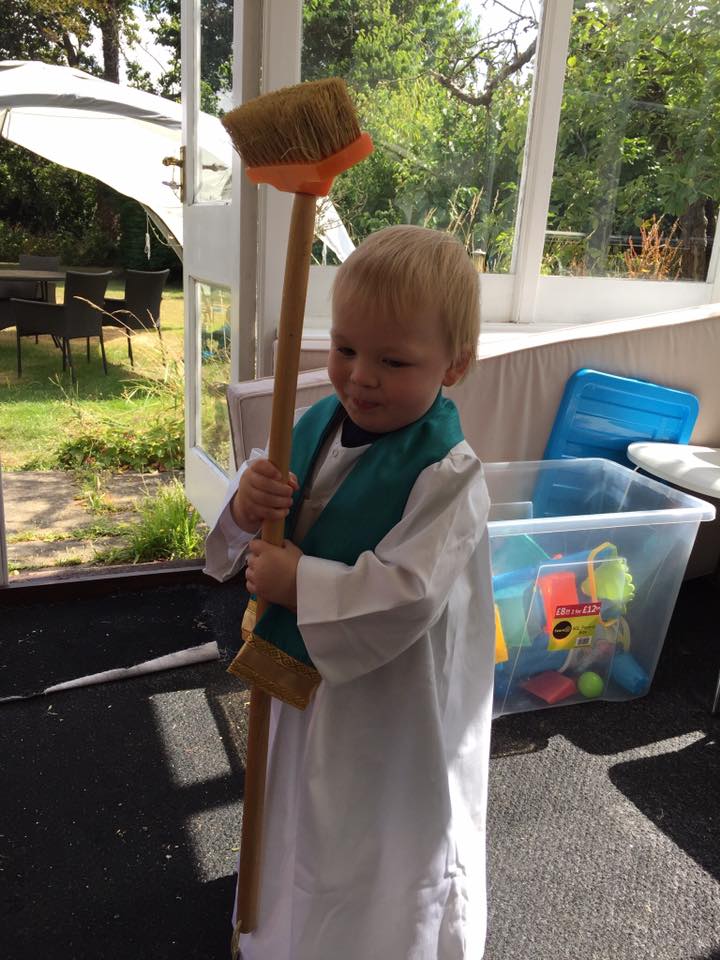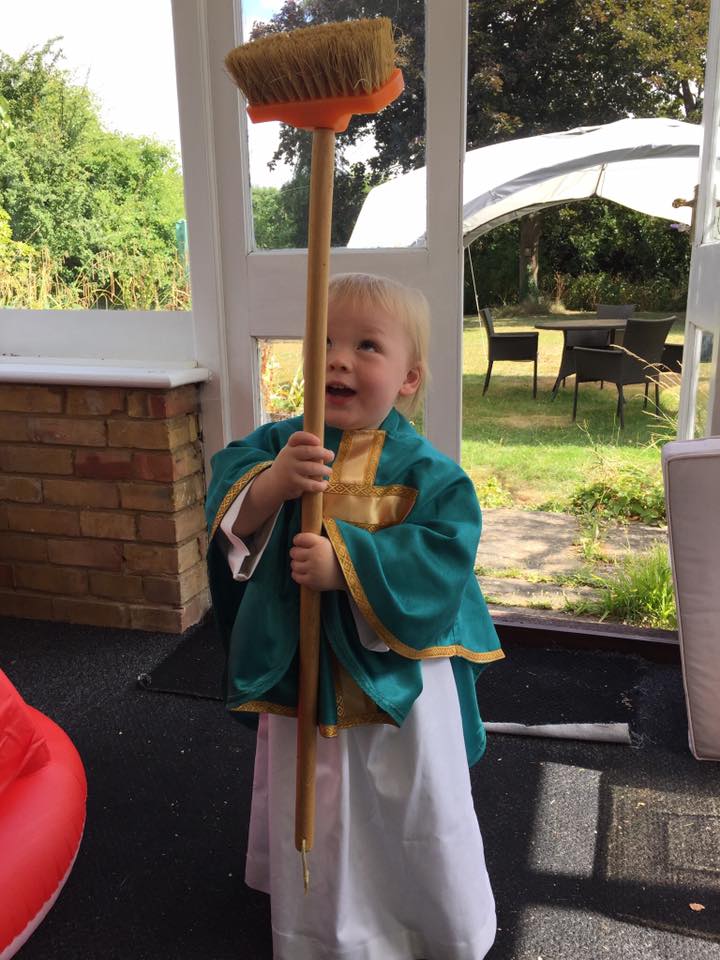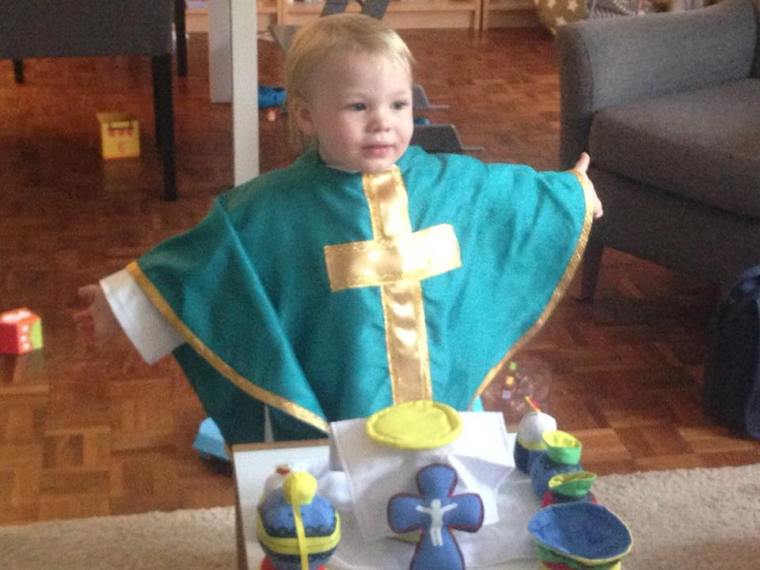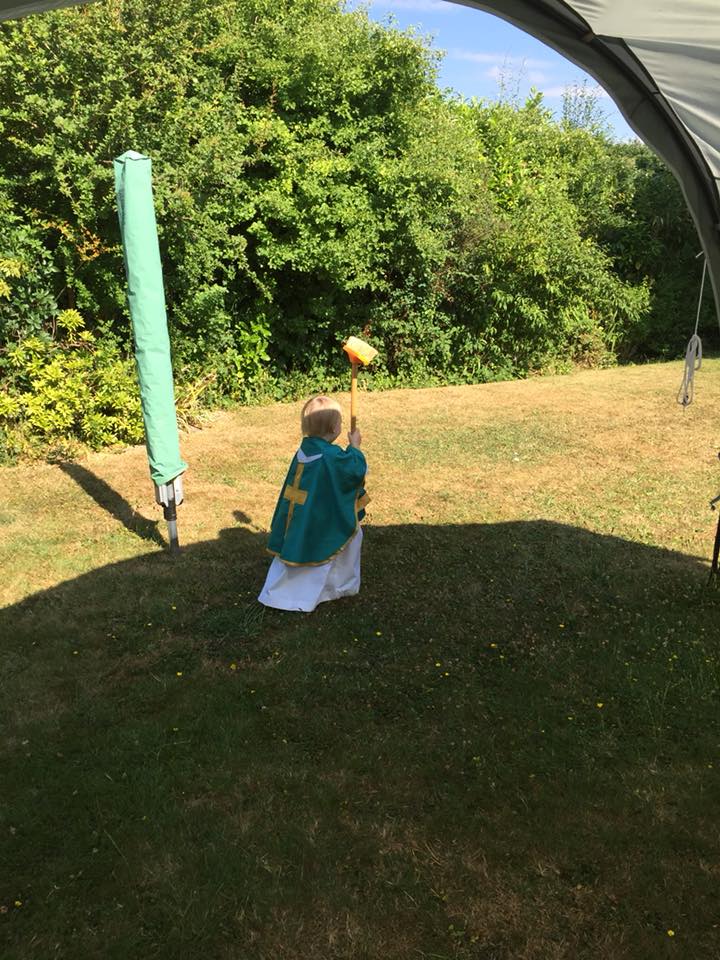A church sent me photos of their brand new Pray and Play space today. This is always so exciting, and I love seeing these creative places where children can worship through play. They’re not quite done with theirs yet, so I’m waiting to share their photos, but it reminded me I took a full set of photos of my own a few weeks back and haven’t yet shown them!
Ours is mostly used:
- At the beginning and end of services, when toddlers aren’t in their Sunday School groups.
- During All-Age Worship.
- Over the summer, when we have no Sunday School.
This means it’s predominantly used by under-5s, and was designed with them in mind.
These photos give an overall view of the space. In the second photo you can see that it’s positioned in the south aisle – you still have a clear view of the altar.
Spaces at the very back can make it hard to see what’s going on, while those at the very front can sometimes make parents feel nervous and exposed – especially if you’re late, and there are no side aisles, so you have to do the Walk of Shame, with a fussy toddler, to reach the space at all.
There are chairs around the edges, so parents and carers can stay with their children, and the Good Shepherd poster on the wall is from McCrimmons.
Carpets like that are available from most educational supply stores, or from Amazon or Dunelm or the like. Ours cost £60. The altar is a £5 IKEA plastic table with a metre of fabric in the appropriate liturgical colour over it.
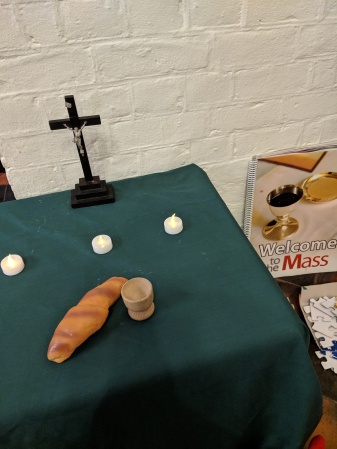
Here’s a closer view of the altar. This is NOT at its best! The crucifix was inherited – I’d prefer one that didn’t have small pieces that could break off, and I’ll be buying a new one soon. We used to have a toy metal chalice and paten from Articles of Faith – they’ve discontinued it and have only the expensive one now. We used to also have IKEA wooden bread that “broke” via velcro in the middle – also now lost. So these are fill-the-gap bits, but they do the job for now! (That’s a wooden egg cup, by the way.)
1 metre each of red, green, white, and purple fabric will see you through the year.
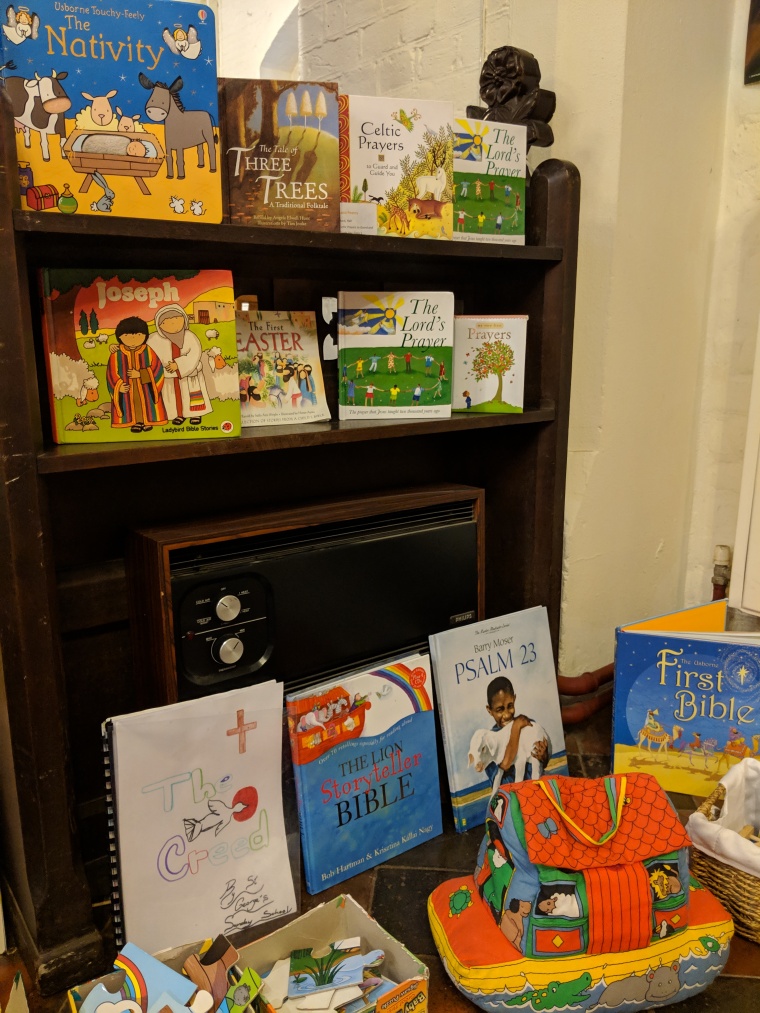
The back of the chair makes an excellent bookshelf … these are all great titles. The book on the Creed was made and illustrated by the Sunday School a few years back. Soft Noah’s Ark toys make less noise when a toddler hits them against stone church floors. You can buy one here (note: this is my company, so, conflict of interest alert) or here.
We have some puzzles of different Bible stories, and a bunch of themed baskets. We’re not rigid about how the toys are played with – kids can mix and match bits from different baskets. About once a month or so I go through and re-organise it all, which takes about 10-15 minutes.
There used to be laminated Contents lists in each basket – of course these got lost. If I were doing it again, I’d punch a hole through a corner and tie them onto the handles of the baskets.

One of my favourite themed baskets is our Good Shepherd one. You can buy the shepherd and sheep set here. I’ve added a few railings from model railway sets to make a sheep pen – and if you look closely, you can see I’ve also added a piece of circular green felt to be grass and some strips of blue felt to be water. A couple plastic sheep have also found their way in over the years – that’s okay, Jesus says he has other sheep not of this flock! I added the book to give it a bit of context. You could include a book of the 23rd Psalm as well, if you liked. (I use wicker baskets from Argos, with liners, which can be taken out and washed.)
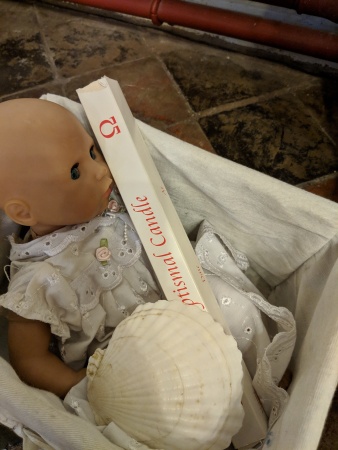
The Baptism basket has a doll in a baptism dress (also available through Mustard Seed Kids), a shell, and a candle. There used to be a wooden dove – it appears and disappears at random, rather like the Holy Spirit itself …
Sometimes I’ve sent this basket home with a family preparing for a baptism where there is an older sibling. They can play at baptising “their” baby.
I may add a book for kids about baptism to this basket as well.
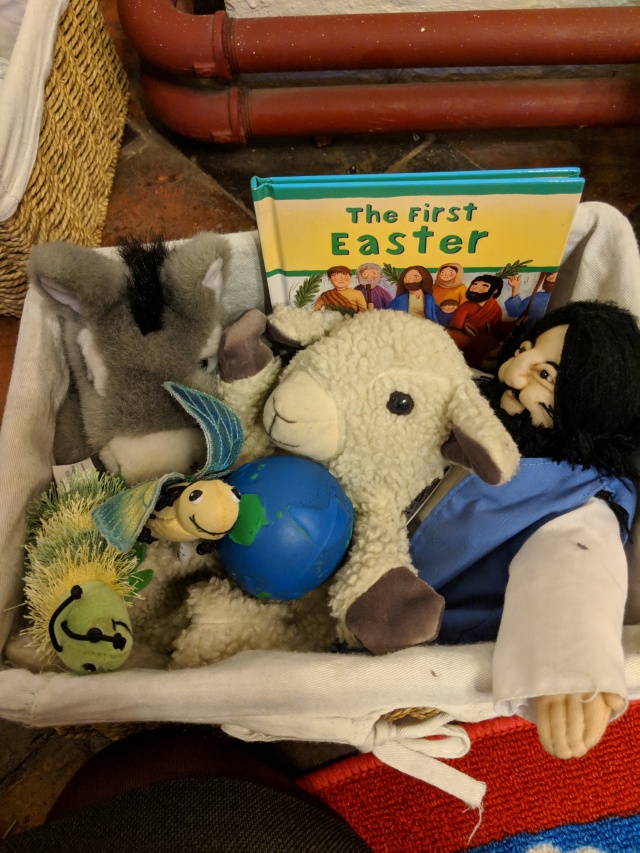
The Easter one has some deep levels of symbolism which I’m sure many of the kids don’t understand, but which I include anyway, because it helps to build awareness of the symbols. The caterpillar and butterfly are symbolic of resurrection, and the globe stress ball indicates that Jesus’s death and resurrection saved the whole world. This also has our Jesus doll (you can buy it here – though they seem to have made him look more European since we got ours, which is a shame), and donkey and sheep hand puppets. The sheep symbolising Jesus as the lamb of God, and the donkey for Palm Sunday. This is also where the bread and egg-cup-wine-goblet were before we had to press them into service on the altar – to represent the Last Supper.
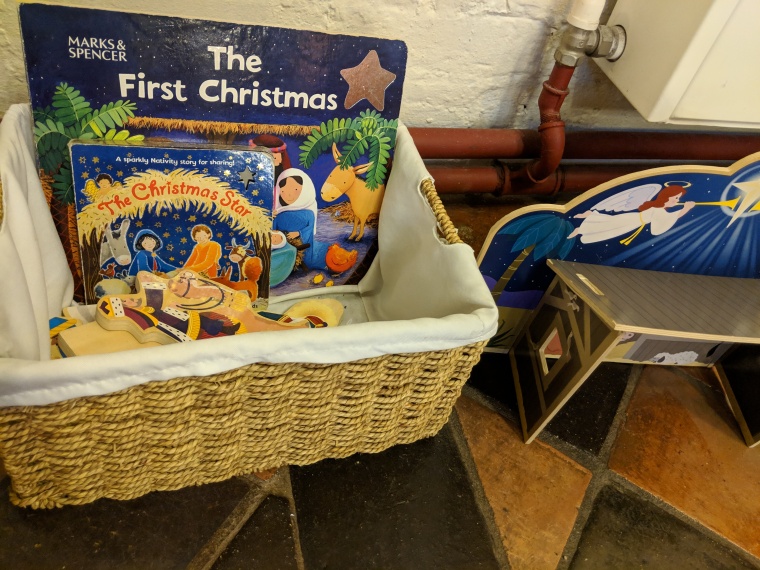
I bet you can guess what this one is.
We got this toy church from Beulah Enterprises in the US (now part of The Sunday Paper) – you may want to go for the wooden church available from Articles of Faith (again, everyone’s White!! And the baby is literally glued to mum, so nobody else can hold it), which has a wide range of interior fittings, or the Happyland Church (store the wedding couple and coach separately, buy a bunch of ordinary Happyland figures to be the congregation, and bring out the bride and groom when you have a wedding). Playmobil also have a church, but that’s more appropriate for older kids and is very easily taken completely apart in minutes by an enthusiastic group of 7-year-olds – ask me how I know.
Finally – we put in a temporary 5-11 table over the summer, with plain paper, comic strip templates and speech bubbles, and some meditative colouring, since we had no Sunday School. We found that it was very popular, and, once Sunday School started up again, helped ease them back into church.
I don’t advise colouring being the extent of the Christian formation you have for primary-aged children, but as part of it, there’s nothing wrong with it. As long as it’s not completely banal imagery with preachy moralistic messages. This Psalms in Color (American spelling) book was about £10 and I photocopy a few pages when supplies run low. Far from being a distraction, keeping children’s hands busy helps settle them and enable them to concentrate more on worship.
In the future, I’d like to add a Pentecost basket and one with items related to our patron saint. You can get more ideas in our Pray and Play leaflet, which you can download here: Pray and Play Corners


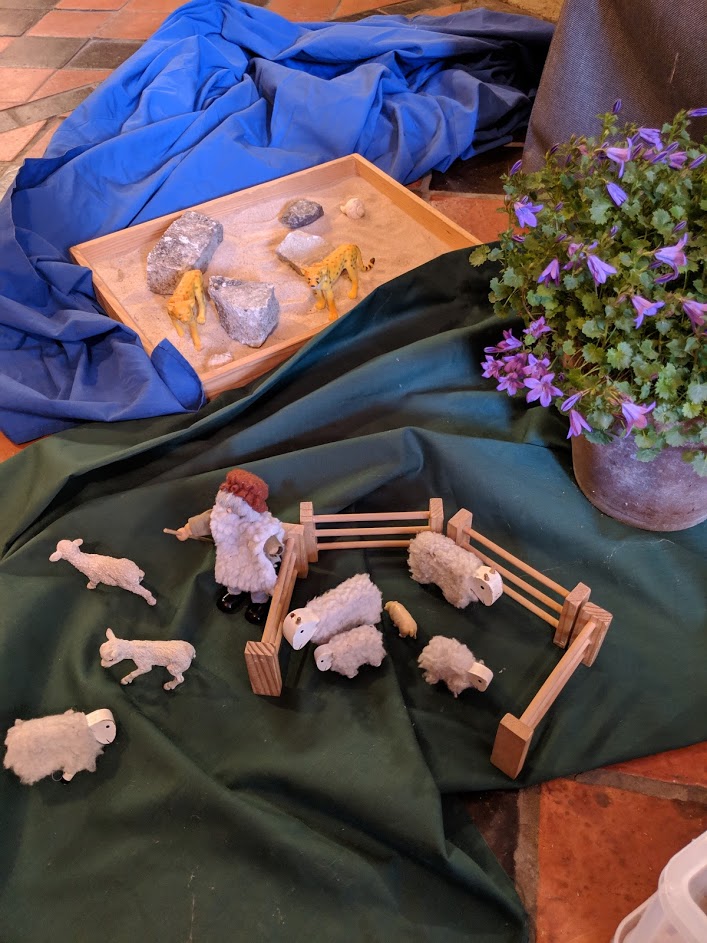


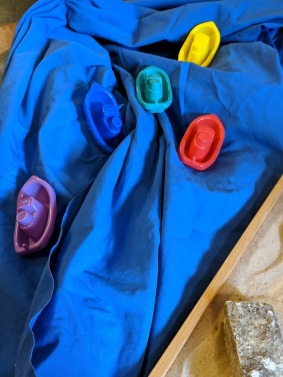
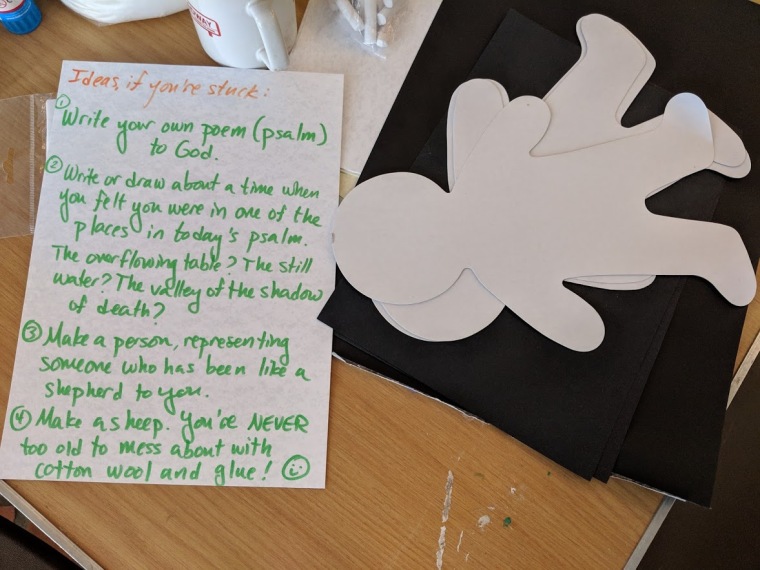

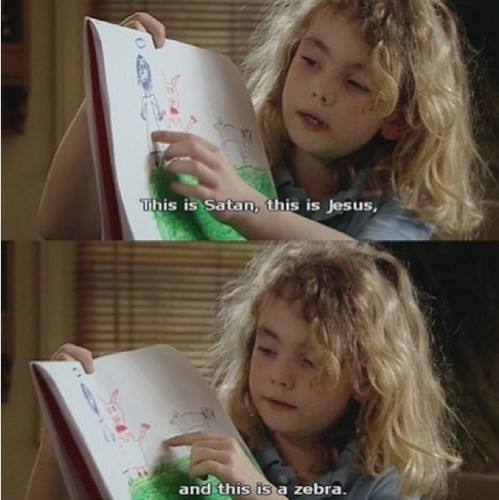
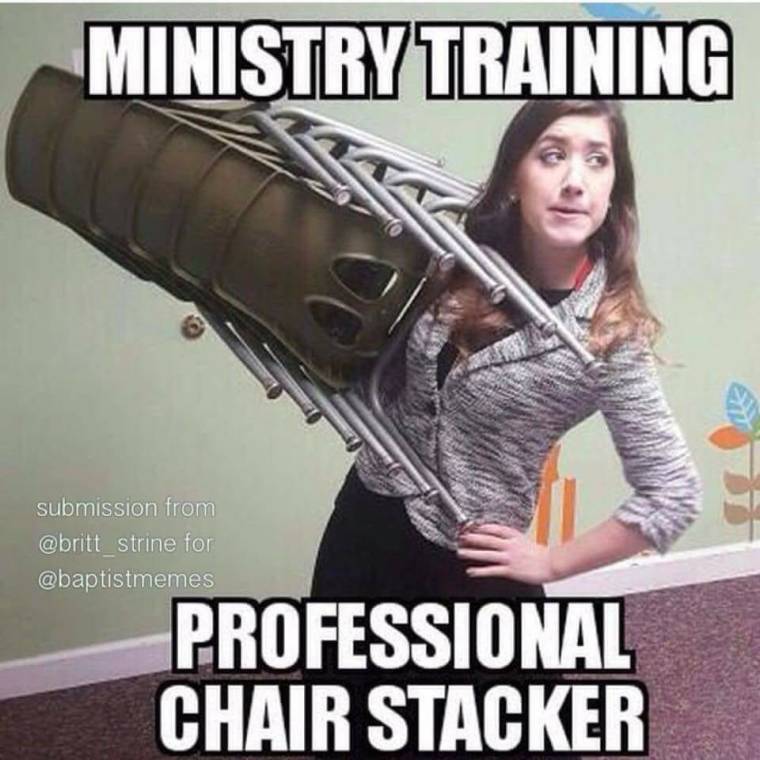
 So without further ado, here’s what we now have …
So without further ado, here’s what we now have …




